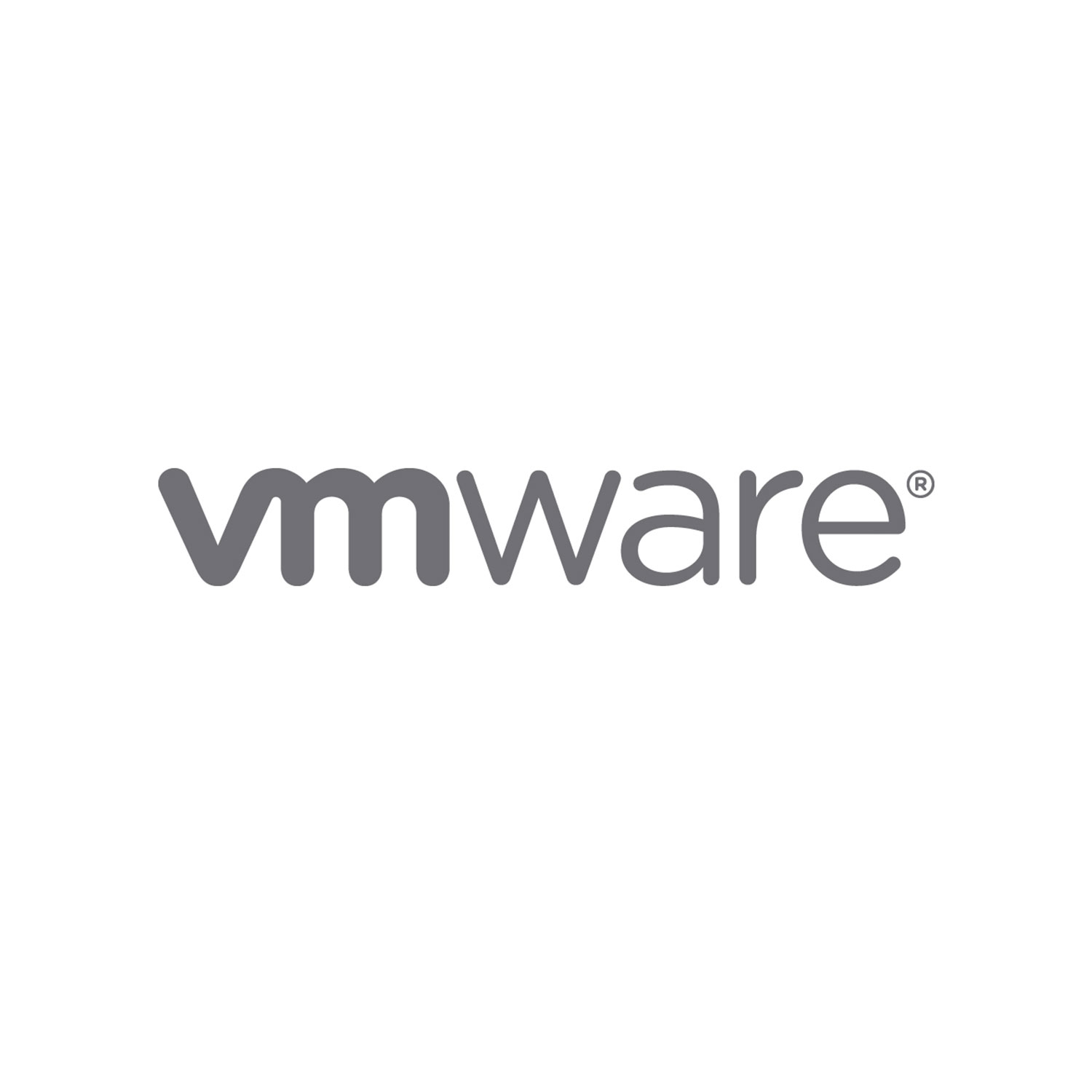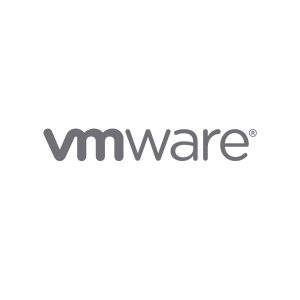Description
About This Course
Prerequisites
- Ability to use VMware vSphere® Client™ to view the state of virtual machines, datastores, and networks
- Experience accessing the guest operating system from the VMware vCenter Server™ virtual machine console
- Ability to navigate Windows 7, Windows 8.1, and Windows Server 2008
- Experience in Microsoft Windows Active Directory administration
Course Objectives
By the end of the course, you should be able to meet the following objectives:
- Describe the key concepts of Mirage
- Recognize how Mirage fits into the VMware end-user computing vision
- Identify the main Mirage use classifications
- Define the function of each of the Mirage solution components
- Install, configure, and upgrade Mirage
- Identify the tasks for SSL configuration on a Mirage system
- Discuss the management functions available in the Mirage Management Console
- Deploy Mirage to endpoints
- Explain the tasks for capturing and assigning base layers and application layers
- Describe methods for performing disaster recovery with Mirage
- Outline how to plan and perform a mass hardware migration with Mirage
- Recognize how the file portal is set up and used
- Identify View components
- Install and configure View Connection Server
- Install and configure virtual machines that become desktops
- Configure and manage VMware Horizon® Client™ systems
- Configure and manage pools of existing physical machines
- Configure and manage automated pools of full virtual machines
- Configure and manage pools of linked-clone machines
Course Outline
Lesson 1: Course Introduction
-
Introductions and course logistics
-
Course objectives
Lesson 2: Introduction to Mirage
-
Discuss the key concepts of Mirage
-
Describe how Mirage works with Horizon 6
-
Define the main Mirage use cases
-
Discuss Mirage features and benefits
Lesson 3: Components and Architecture
-
Identify the function of each of the Mirage solution components
-
Define the Mirage layers
-
Diagram the Mirage architecture
Lesson 4: Installing and Configuring Mirage
-
Outline the tasks for installing and configuring Mirage
-
Discuss the process for deploying the Mirage client
-
Identify the high-level tasks for upgrading Mirage
Lesson 5: Mirage Security
-
Recognize the architecture and components of the Mirage Gateway server and how they interact
-
Identify tasks for performing SSL configuration on a Mirage system
-
Explain how to configure Mirage load balancing
Lesson 6: Mirage Management Overview
-
Explain how to use the Mirage dashboard and transaction logs to monitor your Mirage system environment
-
Recognize the process for setting up static and dynamic centralized virtual desktop (CVD) collections
-
Explain the main Image Composer functions
-
Describe how Mirage roles are set up and used
Lesson 7: Mirage Web Manager
-
Identify the main installation and configuration tasks for Mirage Web Manager
-
Discuss how to use Mirage Web Manager logs
-
Recognize how to configure SSL on Mirage Web Manager
Lesson 8: Mirage Single Image Management
-
Diagram the layer management lifecycle
-
Explain how to set up a reference machine
-
Recognize the process for capturing and assigning base layers and application layers
Lesson 9: Windows 7 to Windows 8.1 Migration
-
Identify steps for performing a Windows 7 to Windows 8.1 migration and how to monitor the migration process
-
Discuss the backup capabilities of Mirage
-
Explain the Mirage endpoint disaster recovery options
Lesson 10: Endpoint Protection with Mirage
-
Discuss the backup capabilities of Mirage and how upload policies are used to define backup parameters
-
Explain the Mirage endpoint disaster recovery options
Lesson 11: Working with the Mirage File Portal
-
Explain the process for configuring the file portal
-
Recognize how to configure end-user CVD mapping
-
Describe how to access files using the file portal
Lesson 12: Introduction to Horizon and View
-
Overview of Horizon 6
-
Introduce View features and components
Lesson 13: View Connection Server
-
Install and configure View Connection Server
-
Configure the View events database and syslog server
Lesson 14: View Desktops
-
Prepare virtual machines as View desktops
-
Compare PCoIP and RDP remote display protocols
-
Explain USB redirection and multimedia redirection
-
Install Horizon View Agent in a template
-
Deploy a manual pool and entitle users to access it
Lesson 15: Horizon Client Options
-
Introduce Horizon Client for Windows and Mac OS X
-
Describe HTML Access, thin clients, and zero clients
-
Configure Virtual Printing with Horizon Client
Lesson 16: Creating and Managing Automated Pools
-
Configure and provision automated pools of desktops
-
Compare dedicated and floating-assignment pools
-
Compare storage options, including VMware Virtual SAN™
Lesson 17: Creating and Managing Linked-Clone Desktop Pools
-
Overview of View Composer operations
-
Deploy and provision linked-clone desktops
-
Compare storage options, including Virtual SAN and tiered storage
-
Manage linked-clone desktops
-
Manage persistent disks
Lesson 18: Creating and Managing RDS Desktop and Application Pools
-
Set up RDS hosts to create a farm
-
Deploy and provision RDS desktop pools
-
Deploy and provision RDS application pools
-
Manage application pools
Lesson 19: Using View Administrator
-
Configure the View environment
-
Compare authentication options for desktop access
-
Manage users, sessions, and policies
-
Implement role-based delegated administration
-
Monitor the View environment
Lesson 20: Managing View Security
-
Describe recommended network configurations and authentication options
-
Configure the View security server
Lesson 21: View Persona Management
-
Configure user profiles with View Persona Management
-
Describe View Persona Management and Windows roaming profiles
-
Configure a View Persona Management deployment
-
Describe best practices for a View Persona Management deployment
Lesson 22: Command-Line Tools and Backup Options
-
Introduce the vdmadmin utility
-
Describe client systems in kiosk mode
-
Back up the View databases
-
Restore the View databases
Lesson 23: View Performance and Scalability
-
Describe multiserver deployments to create a pod
-
Explain performance considerations and load balancing for a single pod
-
Explain Cloud Pod Architecture for multiple View pod deployments
Who Should Attend
Experienced system administrators and system integrators responsible for deploying Mirage and Horizon with View



